Enter a surname, town name or other keyword to search the database. Remember to
allow for the different spellings of 'Mc' and 'Mac.' Good luck!
{Search tips: Use single word search terms for more results}
You must enter some valid character(s) into the search field
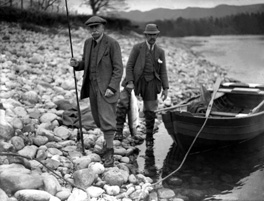
Reference: H-0213c
Salmon fishermen on Highlands ...
|
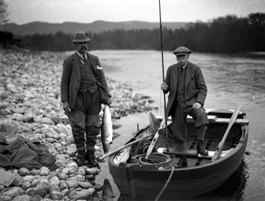
Reference: H-0213b
Salmon fishermen on Highlands ...
|
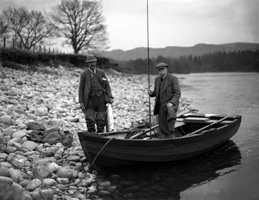
Reference: H-0213a
Salmon fishermen on Highlands ...
|
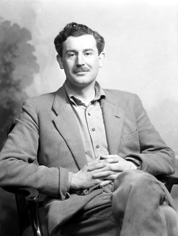
Reference: 40813b
Lord Lovat. Brigadier Simon Ch...
|
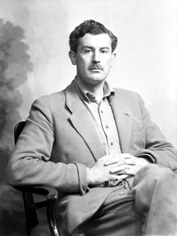
Reference: 40813a
Lord Lovat. Brigadier Simon Ch...
|
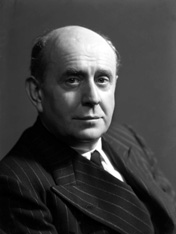
Reference: 37639
His Excellency Jan Masaryk, Vi...
|

Reference: 44611f
Lieutenant John C.O.R Hopkinso...
|
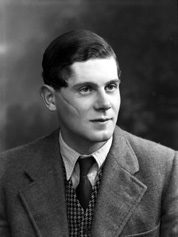
Reference: 44611e
Lieutenant John C.O.R Hopkinso...
|
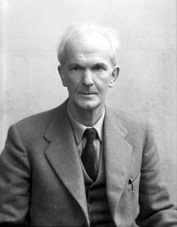
Reference: 45732a
Neil M. Gunn c1960. Neil Mille...
|

Reference: 25909a
Neil M. Gunn in June 1927. Nei...
|
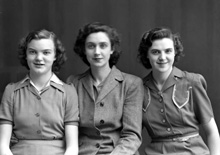
Reference: 40962b
Miss Bisset. ...
|
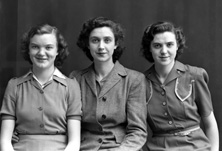
Reference: 40962a
Miss Bisset. ...
|